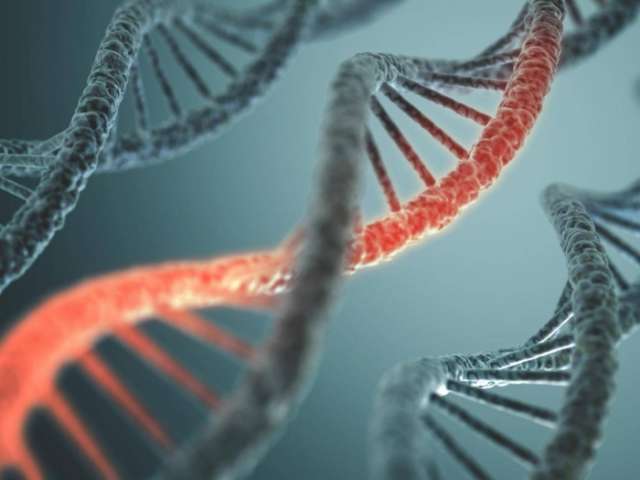Diabetes could be treated with modified genetic engineering technique

The new tool has been successfully used to treat diabetes, kidney disease and muscular dystrophy in mice, and the researchers say it could be applied in brain conditions like Alzheimer’s and Parkinson’s disease.
Lately the breakthrough gene editing tool known as Crispr, which functions like a pair of “molecular scissors”, has grabbed headlines for being able to do this quickly and precisely.
This research repurposed Crispr so that instead of cutting DNA it kick starts the activity of other genes that are able to reverse some of the effects of disease.
This boost in activity has the power to override the harmful effects of some otherwise incurable diseases.
“Cutting DNA opens the door to introducing new mutations,” said Professor Juan Carlos Izpisua Belmonte, whose laboratory at the Salk Institute for Biological Studies whose laboratory developed the new technique.
This is a “major bottleneck in the field of genetics”, according to Professor Belmonte, because if the wrong cut is made there is the possibility of “harmful mistakes” being introduced.
Such harmful changes would be permanent, which is why despite the enormous progress Crispr technology has made it is still a long way from being widely applied to treat disease.
With this new technique, there is no need for permanent genetic modification.
Professor Belmonte and his colleagues used their modified Crispr tool to deliver a molecular package to a malfunctioning region of DNA. Once there, it was able to promote the activity of the gene of interest.
The technique was applied with highly promising results to treat three mouse models of disease, which are outlined in the journal Cell.
In diabetic mice, the tool induced the formation of cells that produce insulin – the hormone that is deficient in people with Type 1 diabetes. Similarly positive results were seen in the treatment of kidney disease.
For mice with muscular dystrophy, a genetic condition characterised by dysfunctional muscle fibres, the researchers were able to recover muscle growth and function.
Prof Belmonte is clear that this is not gene editing in the traditional sense.
“We are not fixing the gene; the mutation is still there,” he said.
Instead, the technique works on the epigenome – the various chemicals that interact with the genome and affect how it functions.
In doing so, the tool allows other genes related to the malfunctioning genes to activate.
That can be enough to recover the function of malfunctioning characteristics.
“These results bring hope for a targeted gene therapy and widens the application of the technology,” said Dr Alena Pance, a researcher at the Wellcome Trust Sanger Institute who was not involved in the study.
Dr Helen Claire O’Neill, a reproductive health specialist at University College London who was not involved in the study, said that while the current work was limited to mice it provides some hope for people with serious, often incurable diseases.
“This paper clearly shows the potential therapeutic viability of this technology in human disease models,” she said.
However, Dr Pance noted that the work this research team has conducted on mice is a proof of principle, and further work will be required before the process is applied in humans.
The scientists did not, for example, look into the longer term effects of the gene alteration. Neither did they consider the wider effects of increased gene activity on other parts of the body.
“These issues would need to be investigated in depth before any application in humans is considered,” said Dr Pance.















































